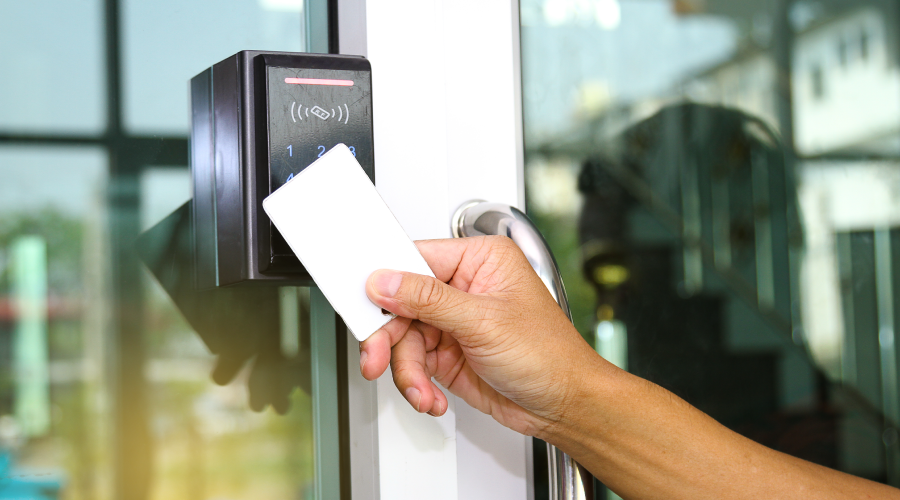Doors And Hardware Maintenance Plan Can Ensure Maximum Performance
After installation is completed, of course, the products need to be maintained. When everything is going well, doors and hardware are generally quite durable. But any number of external factors can put strain on the equipment in ways it is not designed to handle, leading to a shortened replacement cycle or outright failure.
A good maintenance plan that encompasses areas beyond the door, such as the frame and the opening, can help counteract that. In many ways, maintenance requirements are affected by the original installation, Lineberger says.
"Improper frame installation accounts for all kinds of problems when it comes to, not only maintenance of an opening, but anything that might need to be replaced," he says. "If a door gets damaged or a piece of hardware gets damaged and needs to get replaced, if the frame's been installed incorrectly — out of square, out of plumb, out of level — then any additional maintenance work down the road is going to be very difficult and may actually require the frame to be removed and reinstalled."
One way to catch problems early is to develop a system for reporting problems. If occupants don't have an easy way to report problems, they can get overlooked.
"If the door doesn't seem to be working properly, is closing too fast or too slow, or doesn't get to the point where it latches properly, then that's where somebody needs to make a stop at that opening," Lineberger says. "Hopefully they've got some sort of feedback loop in place to report, 'hey, here's an issue.'"
Standardizing components as much as possible can make it easier to keep up with maintenance and repairs, says Toy. Only having to stock one or two manufacturers' replacement parts cuts down on equipment costs and time spent determining which part goes with which door. While there may be reasons to have three different brands of closers for three different doors, doing so can lead to confusion or inefficiency, so it's important to thoroughly document what goes where.
"If you go to buy a muffler for your car, but don't know the brand of the car, the chances of the muffler fitting are remote," Toy says. "It's the same with hardware."
Related Topics:














